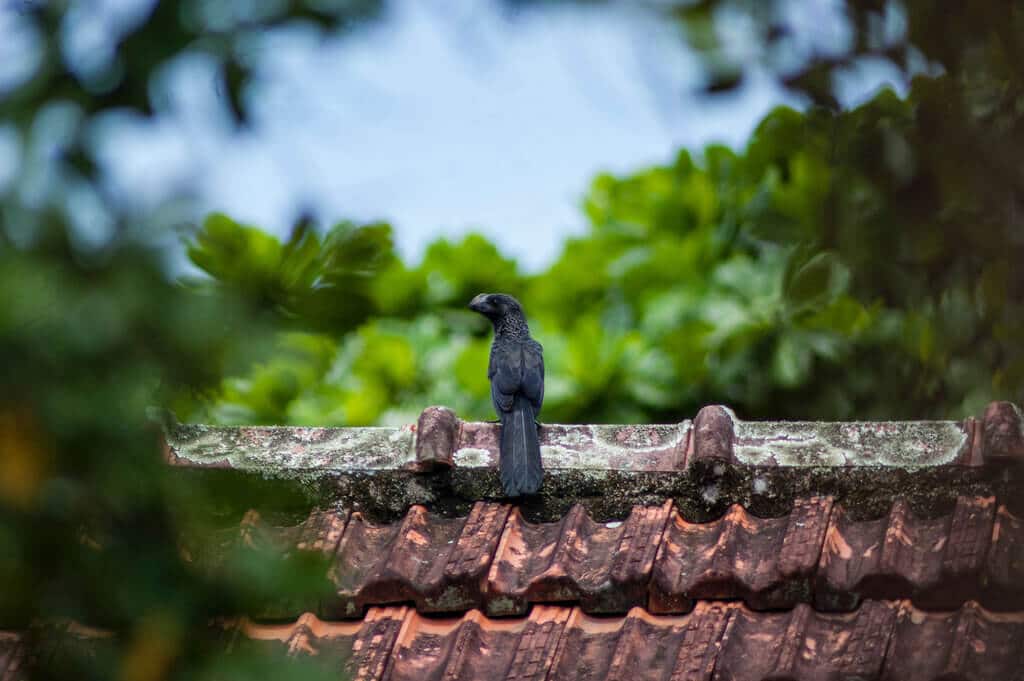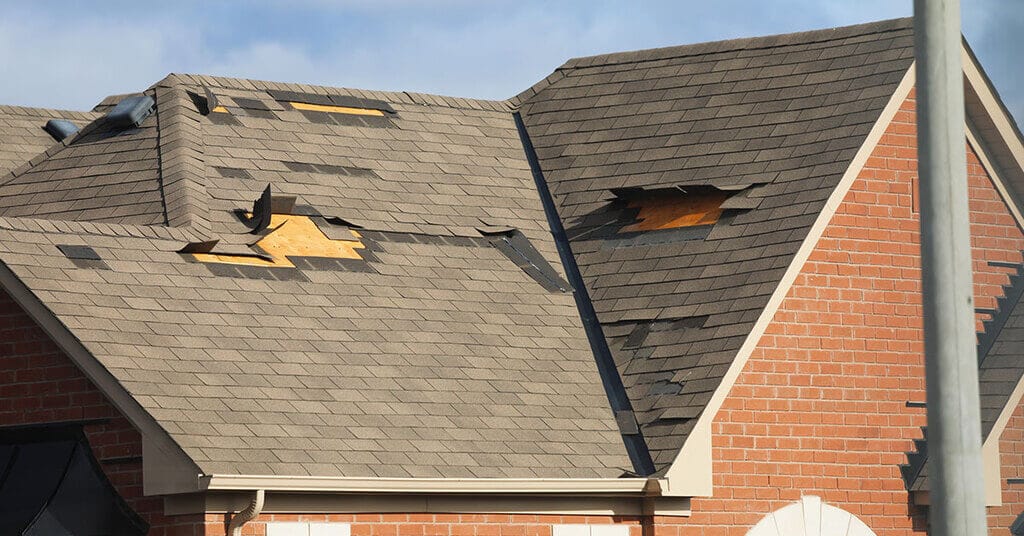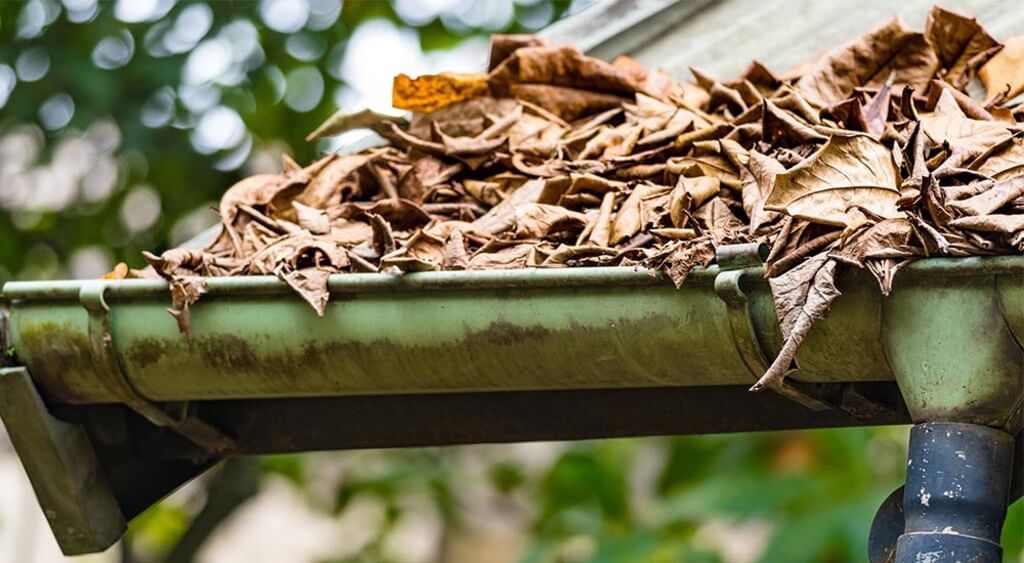A roof is one of your home’s most critical defenses, but it is constantly exposed to elements and risks that can compromise its integrity over time. From severe weather events and poor ventilation to animal activity and simple aging, roofs face a variety of threats that can lead to leaks, moisture intrusion, and even structural failure.
Understanding the most common causes of roof damage is essential for homeowners who want to protect their investment, prevent costly repairs, and extend the lifespan of their roof. Below, we explore eight of the most frequent culprits behind roof damage and offer practical tips to help you keep your roof in top condition.
Severe Weather

Severe weather can take a toll on your roof. Roof wind damage can cause shingles to lose and allow water to enter your home. Hail can damage shingles and create openings for water to enter. Heavy rain can lead to roof leaks and water damage inside your home.
These problems can be expensive to fix, so it’s essential to take steps to protect your roof in advance. You can do this by investing in impact-resistant roofing materials, ensuring your roof is adequately ventilated, and having a professional inspect your roof regularly.
Poor Ventilation

Proper ventilation is crucial to the longevity of your roof, as poor ventilation can cause a build-up of heat and moisture, leading to roof damage. That’s because wind can get under the roof and lift it, which can cause the shingles to come off. This is unsightly and can also lead to leaks and other types of damage.
When the temperature differential between the attic and the outdoors is too significant, it stresses the roofing materials, eventually leading to cracking and leaks. In addition, moisture can cause mold and mildew to grow, weakening the roofing materials and creating an ideal environment for insects.
Without adequate airflow, heat and moisture can build up underneath the roofing material, causing the materials to degrade and eventually fail. In addition, poor ventilation can cause the formation of ice dams in cold weather, which can lead to leaks and further damage.
To avoid these problems, make sure that your roof has adequate ventilation. It includes intake vents at the bottom of the roof and exhaust vents at the top. These will allow hot air to escape and help to keep the roof in good condition.
Animal Activity

Animals can do significant damage to your roof. Squirrels, for example, are known for chewing through roofing materials to build their nests. These nests can block gutters and drains, causing water to back up and leak into the roof. In addition, the weight of the nests can add strain to the roof, eventually leading to cracks and leaks. Raccoons can rip shingles and flashings off in their quest for food. Even birds can cause problems, as their droppings can stain and erode roofing material. If you see any animals on your roof, it’s best to contact a professional to have them removed before they cause any damage.
Lack of Maintenance

Maintenance is vital when it comes to extending the lifespan of your roof. Without proper care, your roof will be subject to deterioration from exposure to the elements. Over time, this can lead to severe damage, such as leaks, missing shingles, and structural instability.
By contrast, a well-maintained roof will be able to withstand the elements and last for many years. To avoid these issues, it is essential to have your roof inspected regularly and address any problems as soon as they are discovered. Neglecting your roof can lead to costly repairs down the road.
Improper Installation

Poor installation can happen when roofers don’t use the proper materials or techniques or when they cut corners to save time or money. Poor installation can lead to problems, from leaks and water damage to structural instability and premature aging. In some cases, these problems can be so severe that they result in the need for a complete roof replacement.
As a result, it’s essential to choose a reputable roofing contractor who will do the job right. With some research, you can find a roofer who will give you a quality installation that will stand the test of time.
Clogged Gutters

If your gutters are clogged, it can cause roof damage. When rainwater backs up in the gutters, it can seep under the shingles and cause the roof decking to rot. In addition, the weight of the water can damage the gutters themselves, causing them to sag and pull away from the roof. If the gutters are not adequately secured, the wind can also catch them and cause damage to the roof.
In addition, clogged gutters can cause ice dams to form in cold weather. As the ice builds up, it puts pressure on the roof, leading to shingles pulling off or collapsing. If you want to protect your roof, be sure to keep your gutters clean and free of debris.
Aging

Roofs also have a limited lifespan, and they can be damaged by age, weather, and other factors. One of the most common problems associated with aging roofs is damage to the shingles. As shingles age, they become brittle and can be easily broken by heavy winds or falling debris. In addition, the nails that hold the shingles in place can loosen over time, allowing the shingles to shift and creating gaps that allow water to enter the house.
The flashing around the chimney and vents can also become less effective at keeping out moisture if not repaired. This type of damage can lead to leaks and further damage to the roof and the house’s interior. Homeowners need to be aware of roof damage signs and schedule regular inspections to ensure that their roofs are in good condition. By catching problems early, you can save yourself a lot of money and hassle in the long run.
Trees and Branches
Trees can provide shade and beauty but can also be a source of roof damage. Tree roots can grow and lift shingles, allowing water to seep in and cause further damage. Strong winds can cause tree branches to snap and fall, damaging shingles and gutters. If there’s enough wind, the branches can break through the roof.
In addition, overhanging branches can provide a pathway for animals to climb onto your roof, and falling leaves can clog gutters and downspouts. To minimize the risk of roof damage from trees, it is important to trim branches regularly and clear leaves and debris from gutters. You should also consider the type of tree before planting it near your home. If you live in an area with high winds, it is best to choose a known species for its resistance to wind damage.
Conclusion
Roof damage is a significant problem that can lead to many other issues, from leaks to structural instability. While there are many possible causes of roof damage, some of the most common include poor maintenance, severe weather conditions, and improper installation. To help prevent roof damage, it is crucial to have your roof regularly inspected and repaired as needed. Additionally, it is important to choose a reputable contractor when having a new roof installed. By taking these precautions, you can help ensure that your roof will be able to withstand the elements and protect your home for years to come.
Explore More

